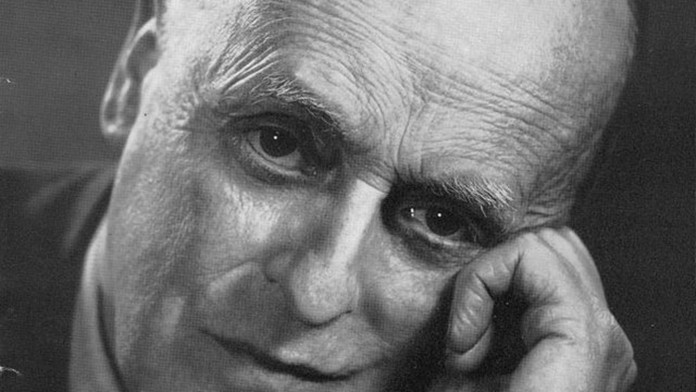
If you grew up in Britain and have reached A Certain Age, you’ll probably remember the BBC Light Programme which lasted for over twenty years between 1945 until 1967 before being re-branded as Radio 2. It was part of the BBC’s national broadcasting system and if I recall correctly, broadcast at 1500 metres and was one of the few stations that used the so-called long wave. The service provided a diet of light entertainment including dozens of comedy shows, children’s programmes, popular drama and quiz games. The programmes could be heard all over the country and were tremendously popular. Many presenters were household names. The Light Programme was also an oasis of what is generally known as light music.
Light music is easy to recognize but difficult to define. It emerged not from symphonies and concertos but from the less “serious” orchestral music of the late 19th century such as the operettas of Franz von Suppé and Arthur Sullivan and the waltzes and marches of the Strauss family. From this tradition came many short orchestral pieces designed to appeal to a wider audience.
Light music is nearly always dominated by catchy melodies, lively rhythms and pleasing harmonies. It was the staple of British seaside and theatre orchestras that flourished towards the end of the 19th and early 20th centuries. It came to the fore during the early years of radio broadcasting in the 1920s. In Britain, it reached its peak in the 1950s when lively, joyous and optimistic music was probably just the thing after the bleak war years.
British radio and television required a large supply of light orchestral music for theme tunes and background music to reflect the popular musical tastes of the day. And there was no shortage of composers who were only too willing to provide it. Sir Thomas Beecham often concluded his otherwise serious orchestral concerts with what he called “lollipops” meaning short or amusing works chosen as a crowd-pleasing encore.
Dozens of composers contributed to the genre including Ronald Binge, Frederic Curzon, Trevor Duncan, Robert Farnon, Ron Goodwin, Ernest Tomlinson and Haydn Wood. But one name stands out among the others, that of Eric Coates.
Eric Coates was born in Nottinghamshire; the son of a doctor who was an amateur flautist and whose wife was a competent pianist. In adult life, Coates became a prolific composer of light music and even today enduring pieces such as Knightsbridge March, By the Sleepy Lagoon and The Dambusters March are still well-known. His marches were popular choices as theme music for radio and television programmes.
This work dates from the early 1940s and the title refers to three members of the British royal family, the historical Elizabeth I of Shakespeare’s time, Queen Elizabeth the Queen Mother and the present Queen Elizabeth. The work is cast in three movements (which are contained in three separate videos) and although originally scored for orchestra it’s heard here in an interesting wind orchestra arrangement.
The first movement opens heroically in the style of film music of the day and turns into jaunty dance-like movement, typical of Coates’ easy-on-the-ear style. The pastoral second movement (Springtime in Angus) evokes the Scottish countryside of northern Scotland and the suite concludes with a rousing march which Coates could do so well, putting his personal musical stamp on the music. The main theme is a foot-tapping, snappy melody contrasted with the more lyrical middle section. It couldn’t have been written by anyone else.
Canadian-born Robert Farnon was a composer, conductor and musical arranger who was a fine jazz trumpeter and a longtime friend of Dizzy Gillespie. Farnon was one of the leaders in the light music genre but in later life he composed a number of more advanced orchestral works, including three symphonies and a piano concerto. He also wrote the music for more than forty films and became a prominent orchestral arranger for vocalists including Frank Sinatra and Sarah Vaughan. He was considered by his peers to be the finest arranger in the world.
The video quality here leaves much to be desired, but this performance by the London Philharmonic at London’s Royal Albert Hall dates from 1971. It’s difficult to believe that it was almost fifty years ago. The medley contains some of Farnon’s best-known pieces: A Star is Born, Peanut Polka, Jumping Bean, Westminster Waltz, Portrait of a Flirt and State Occasion. Over the years, light music has faded from popularity and these days sounds a bit like a reflection of a bygone age. Even so, if those titles evoke no memories, I’m sure that you’ll recognize some of the music.
 |
 |
 |





